Understanding the Client's Needs
SEO can be challenging, but with the right strategies, you can achieve noticeable results. I recently worked with a client using Kajabi, and the goal was to improve their site’s search engine visibility. Here’s how we boosted their rankings and increased organic traffic.
The client had valuable content on their Kajabi site, but it wasn’t ranking well in search results. Our objective was to improve organic traffic and get the site in front of a larger audience. I developed a custom SEO strategy designed specifically for Kajabi’s platform.
1. On-Page Optimization
Kajabi offers a range of SEO-friendly features that we utilized to improve the site’s search engine performance
- Optimizing Titles and Meta Descriptions:I reviewed and adjusted the titles and meta descriptions for each page. Including relevant keywords that reflect the page content helps search engines and users understand the site better.


2. Leveraging Google Search Console
I connected the site to Google Search Console to track performance on search engines and spot improvement opportunities.
analyzed which queries were bringing traffic and which pages were underperforming. Pages with high impressions but low clicks were optimized to improve click-through rates.

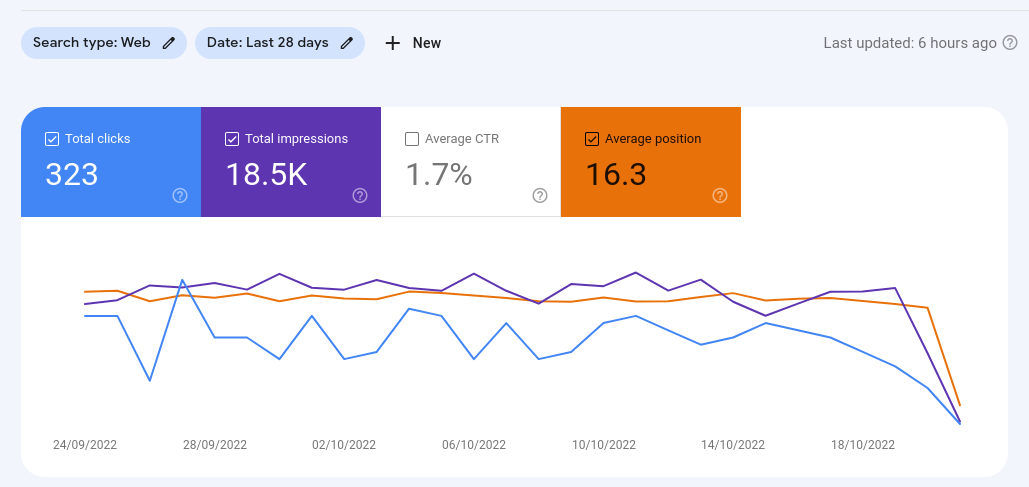
A screenshot from Google Search Console showing keyword impressions and clicks.
3. Speed Optimization for Better SEO
Search engines favor fast websites, so improving the site’s load time was essential. Here’s what I did:
Optimizing Images: Kajabi often hosts video-based content, which can slow a site down. I optimized all multimedia elements to reduce file sizes without compromising quality.
Improving JavaScript Handling:I implemented caching strategies and optimized the overall site structure to improve speed.
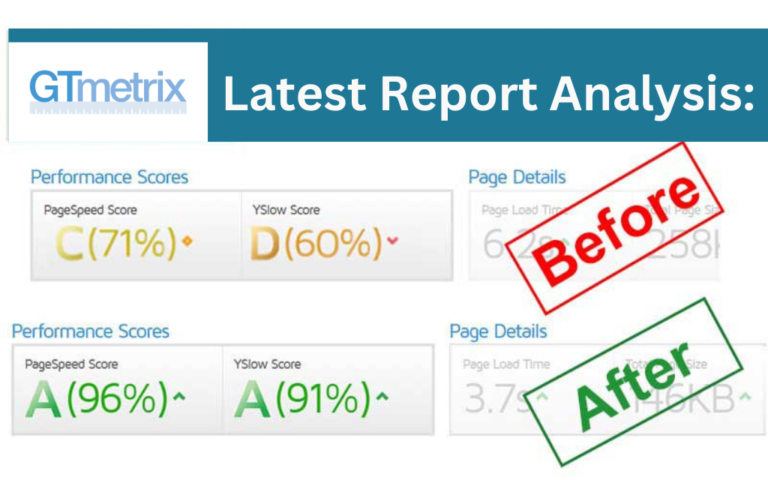
A speed test comparison of the website before and after optimizations.
4. Content Strategy for Better SEO
To further boost SEO, I collaborated with the client on developing content that targeted the right keywords.
Keyword Research: Using Google’s Keyword Planner, I identified keywords that their audience was actively searching for. We then developed blog posts and course descriptions around these terms, making the content more relevant to search engines.
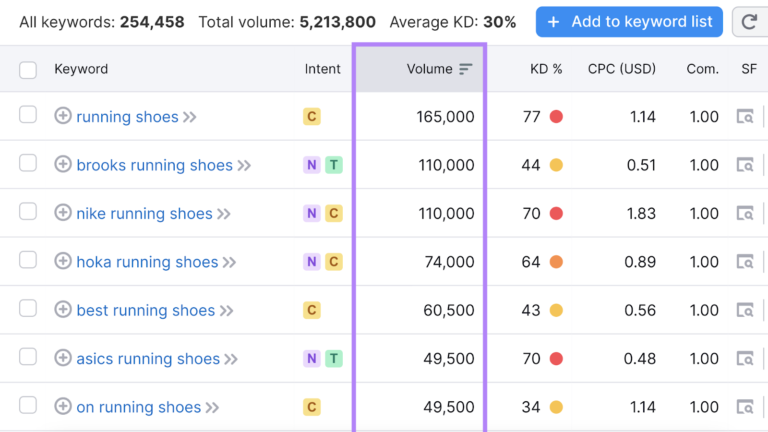
A screenshot of a keyword list from Google Keyword Planner.
5. Monitoring and Adjusting the Strategy
Tracking results was essential to understanding what was working. Using Google Analytics and Search Console, I regularly checked traffic metrics and search rankings.
Adjustments Based on Data: As we gathered more data, I made adjustments to content, links, and page layouts to improve performance. Pages that were already performing well were further optimized to maintain their ranking
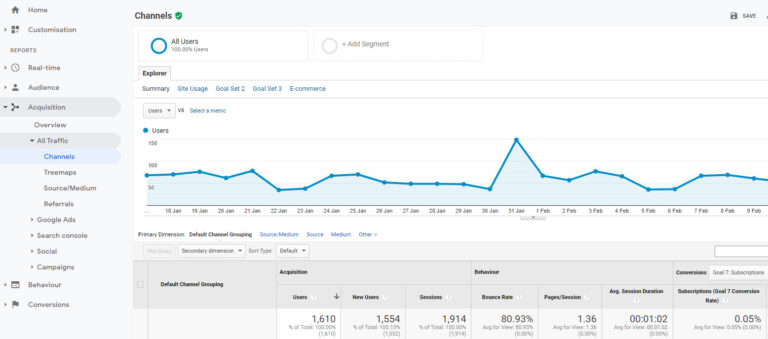
A graph showing the website’s traffic growth over time.
6. The Results
Within a few months, the website began ranking higher for key search terms. Organic traffic grew steadily, leading to more inquiries and conversions. By focusing on on-page optimization, quality content, and continuous monitoring, we were able to achieve strong SEO results.
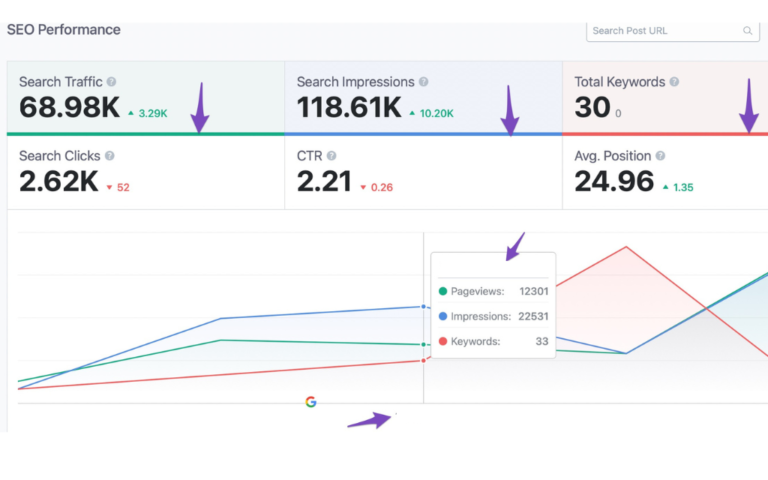
A final graph showcasing the website’s progress, from initial rankings to the current position, illustrating traffic improvements.
6. Client Testimonial
